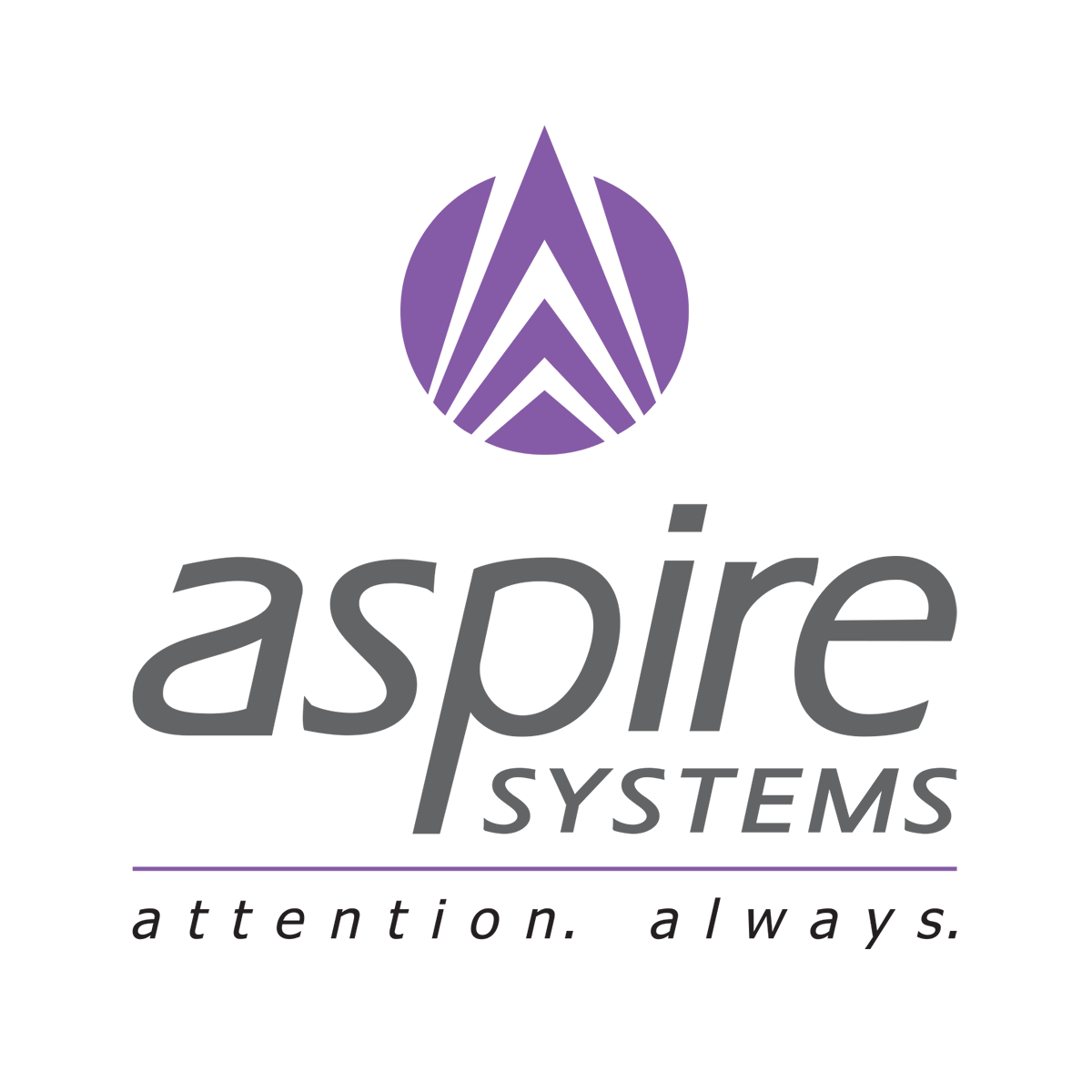158 reads
An Intro to Continuous Testing Strategy for Agile Teams
by
March 4th, 2022
Audio Presented by

AI-Driven End-to-end Automated Testing Provider
About Author
AI-Driven End-to-end Automated Testing Provider

AI-Driven End-to-end Automated Testing Provider
AI-Driven End-to-end Automated Testing Provider